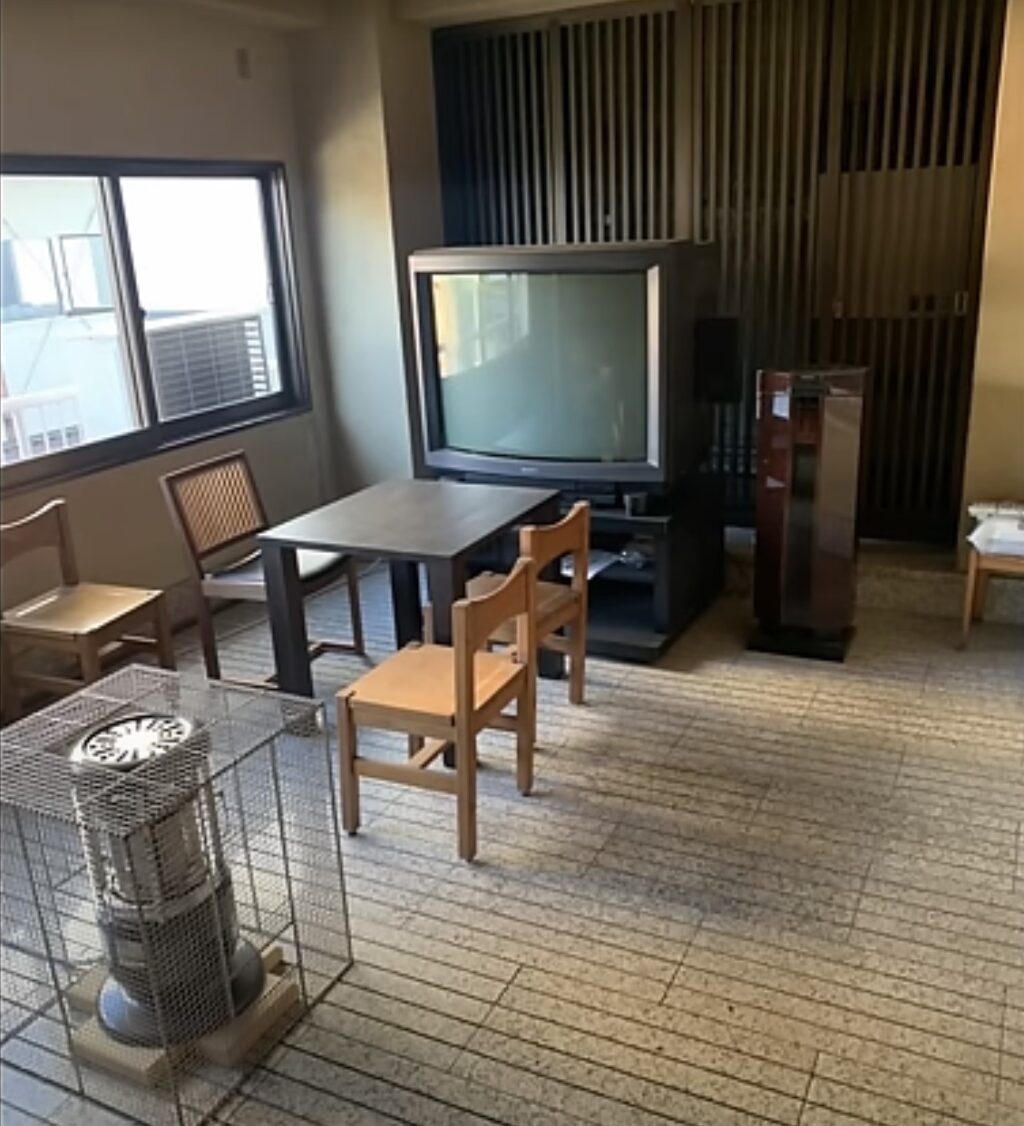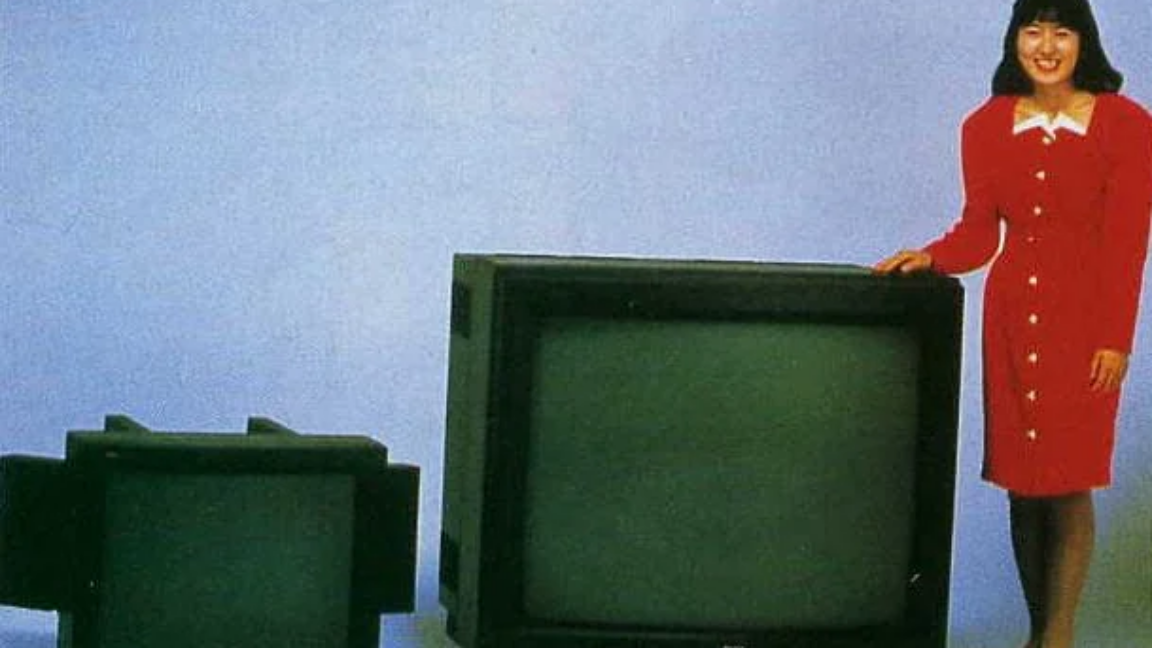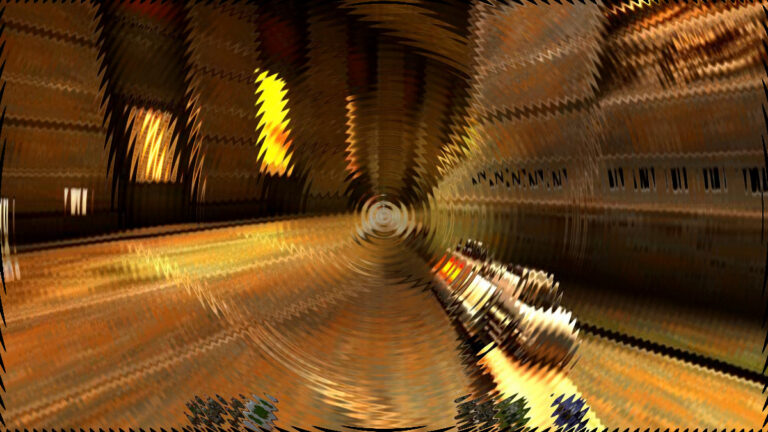At this point, any serious retro gamer knows that a bulky cathode ray tube (CRT) TV provides the most authentic, lag-free experience for game consoles that predate the era of flat-panel HDTVs (i.e,. before the Xbox 360/PlayStation 3 era). But modern gamers used to massive flat panel HD displays might balk at the display size of the most common CRTs, which tend to average in the 20- to 30-inch range (depending on the era they were made).
For those who want the absolute largest CRT experience possible, Sony's KX-45ED1 model (aka PVM-4300) has become the stuff of legends. The massive 45-inch CRT was sold in the late '80s for a whopping $40,000 (over $100,000 in today's dollars), according to contemporary reports.
That price means it wasn't exactly a mass-market product, and the limited supply has made it something of a white whale for CRT enthusiasts to this day. While a few pictures have emerged of the PVM-4300 in the wild and in marketing materials, no collector has stepped forward with detailed footage of a working unit.

Enter Shank Mods, a retro gaming enthusiast and renowned maker of portable versions of non-portable consoles. In a fascinating 35-minute video posted this weekend, he details his years-long effort to find and secure a PVM-4300 from a soon-to-be-demolished restaurant in Japan and preserve it for years to come.
A confirmed white whale sighting
Shank Mods' quest started in earnest in October 2022, when the moderator of the Console Modding wiki, Derf, reached out with a tip on a PVM-4300 sighting in the wild. A 7-year-old Japanese blog post included a photo of the massive TV that could be sourced to a waiting room of the Chikuma Soba noodle restaurant and factory in Osaka, Japan.
The find came just in time, as Chikuma Soba's website said the restaurant was scheduled to move to a new location in mere days, after which the old location would be demolished. Shank Mods took to Twitter looking to recruit an Osaka local in a last-ditch effort to save the TV from destruction. Local game developer Bebe Tinari responded to the call and managed to visit the site, confirming that the TV still existed and even turned on.




My research recently found simulating a tube in a GPU shader actually produces quite faithful motion blur reduction with phosphor decay and less hash flicker (than global BFI).
The more outHz:inHz ratio you can get for native:simulated refresh cycles, the more accurate all CRT temporal behaviors look (lack of motion blur, flicker, phosphorfeel, etc).
This is a slow-motion version (of a series of actual shader screenshots, not video). When running in realtime on a 240Hz OLED for 60fps content, it produces ginormous motion blur reduction + the feel of a CRT.
At that point, cheaper high-Hz OLEDs of the future, versus the extinct tubes, will allow the visual CRT look-and-feel to remain an option.
Long-term, the combination of spatial (CRT filters) and temporal (CRT beam simulation) and the use of OLED (CRT colors + blacks), actually is kind of a CRT-replacement marriage made in heaven.
It is gentler than BFI (Black Frame Insertion) for 60fps content because of the fadefeel + something is emitting something at all times (average brightness remains same, just being scanned out somewhere else on the screen).
The shader is scheduled for shadertoy release tomorrow (December 24, 2024) open sourced under MIT for implementors (emulators, retrotink-style devices, display firmwares, BFI engines, or integration into a blur-reducing game engine, etc). A realtime shadertoy will be demo'd.